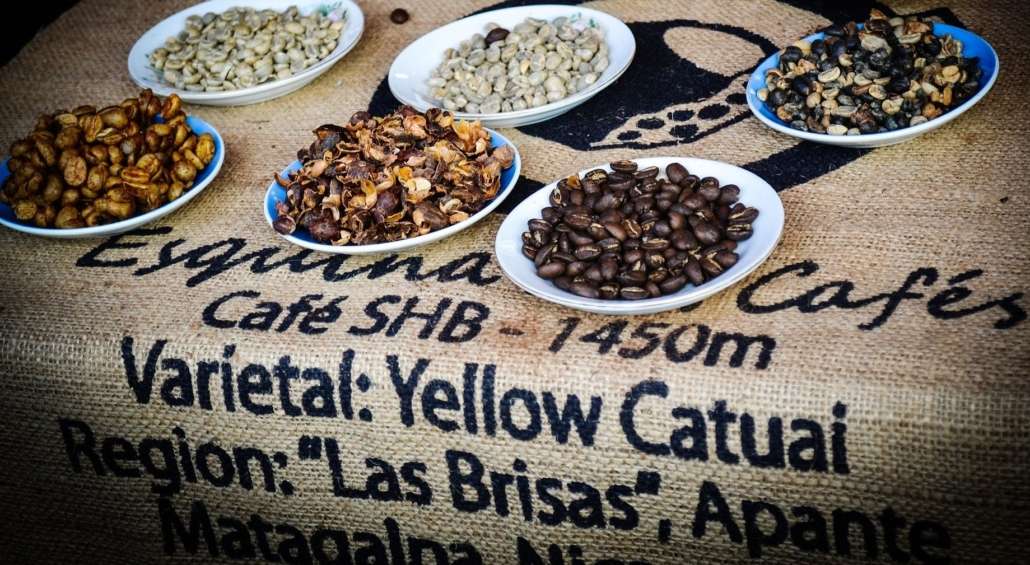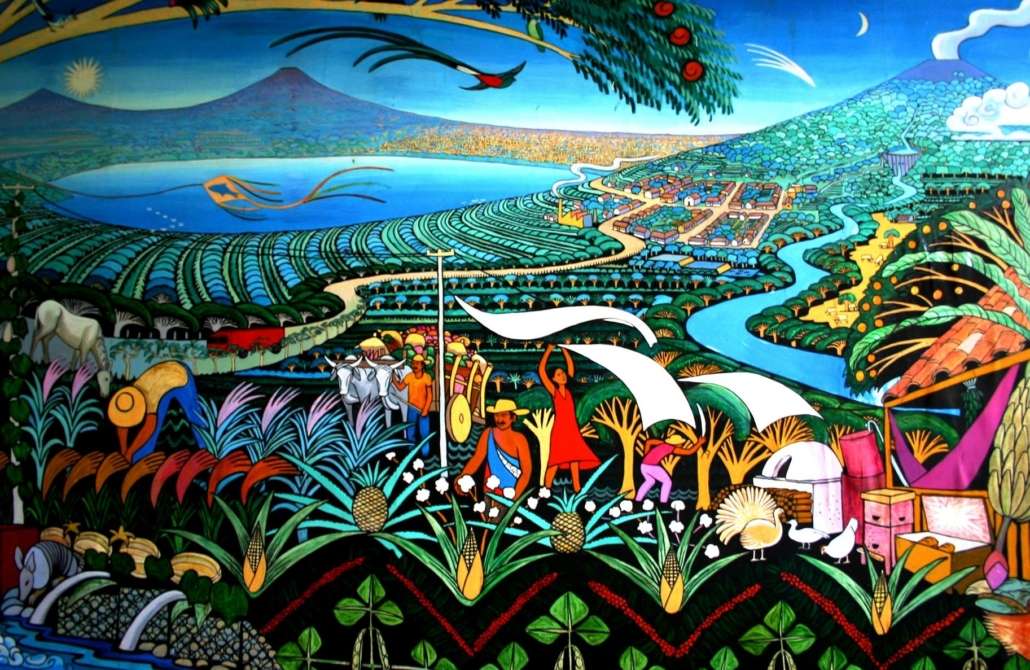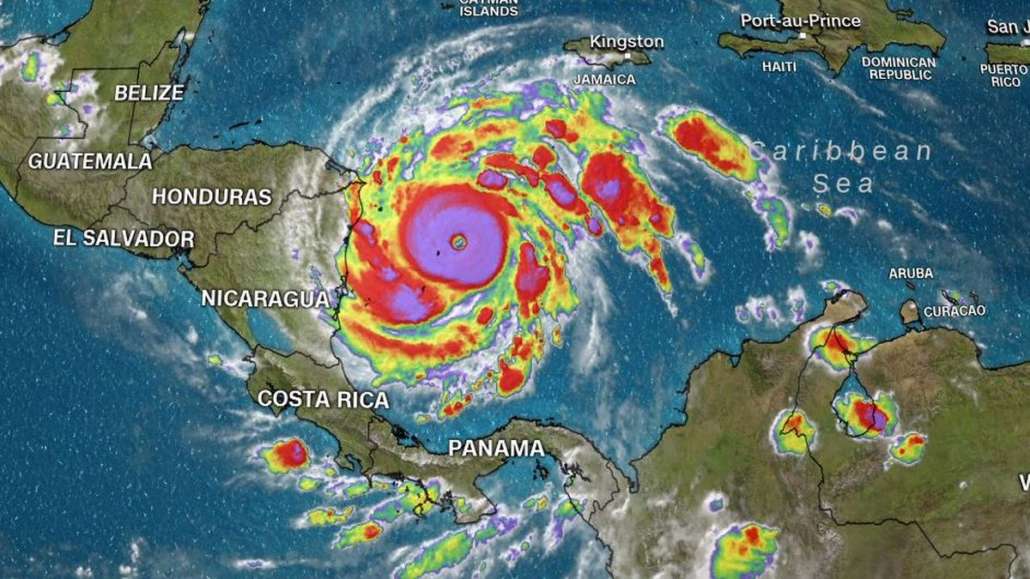The estimated damage to the Nicaraguan economy is US$ 742.7 million, 6.2% of the national GDP
Hurricane Iota was the second major hurricane to hit Central America in a matter of weeks. The first was Hurricane Eta which made landfall on 3 November 2020 as a category 4 storm, causing landslides and flooding that displaced thousands and left scores of people dead or missing. The damage to coffee-growing communities in the region is considerable.
Honduras
In Honduras, according to an initial assessment by CONCAFE (the National Coffee Council), the passage of Hurricane ETA and IOTA affected 60% of the coffee-growing municipalities and 14 of the 15 departments that produce coffee, totally damaging some 3,409 hectares and partially damaging 4,144 hectares of coffee farms. The impact on production is calculated to be 1.5% directly affected and another 1.5% is at risk in the partially affected areas.
The assessment noted that there is a great risk that the harvest will not reach processing and export centres due to severe damage to roads and infrastructure. The main damage to infrastructure includes the impacts of landslides, roadblocks, damaged bridges or collapsed river crossings. Total production lost due to the impact of the hurricanes is estimated to be approximately 3% of the exportable production forecast for the 2020/21 harvest: up to 200,000 60kg bags risk being lost. Considering that the rains continue to cause significant water saturation in the soil, there is also a risk of further landslides.

Nicaragua
Three million people, almost half the population, in 56 municipalities in the country have been affected by the cyclones and the total damage to the Nicaraguan economy is estimated at US$742.7 million, 6.2% of the national GDP, according to a preliminary report by the Nicaraguan authorities. The coffee-growing areas most affected were the coffee provinces of Jinotega, Matagalpa, Boaco, Estelí, Madriz and Nueva Segovia, covering an area of 23,337 square kilometres.
Whilst the full impact on the coffee harvest in Nicaragua is still being evaluated, official reports estimate that 3,407 hectares of coffee farms were damaged. Heavy rainfall, landslides and flooding greatly affected the coffee plantations and coffee infrastructure. Despite this, small-scale coffee farmers in the affected areas, thousands of whom either lost or had their homes damaged, have joined the country’s efforts to rescue their crops, clearing roads of debris and demonstrating remarkable resilience.
According to ICO data, in the global coffee value chain, Honduras and Nicaragua together accounted for a total of 7.4% of world exports from producing countries in 2019 (5.14% in Honduras and 2.24% for Nicaragua). The top destinations for exporting coffee for both countries are the USA, Germany, Belgium and Italy.






